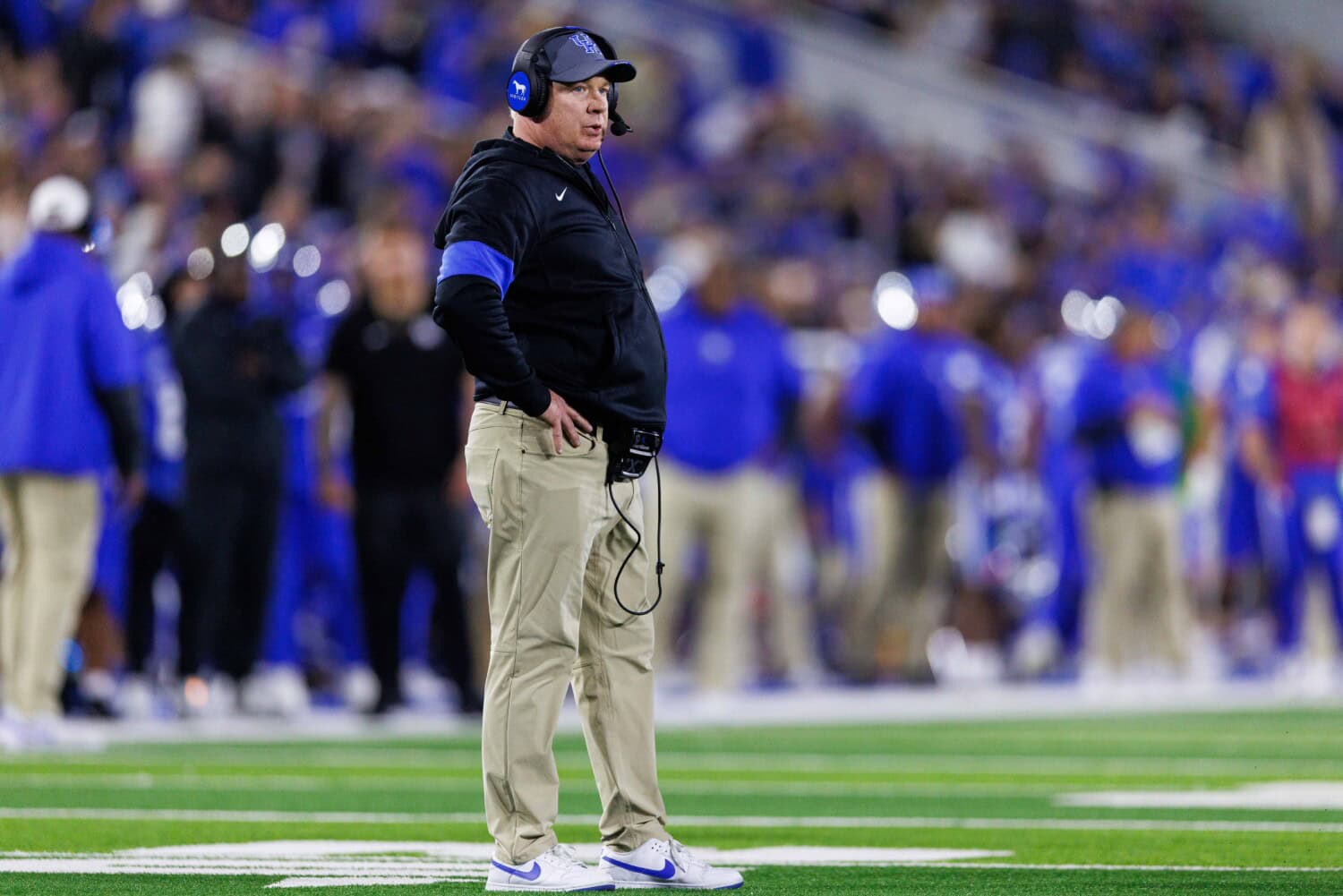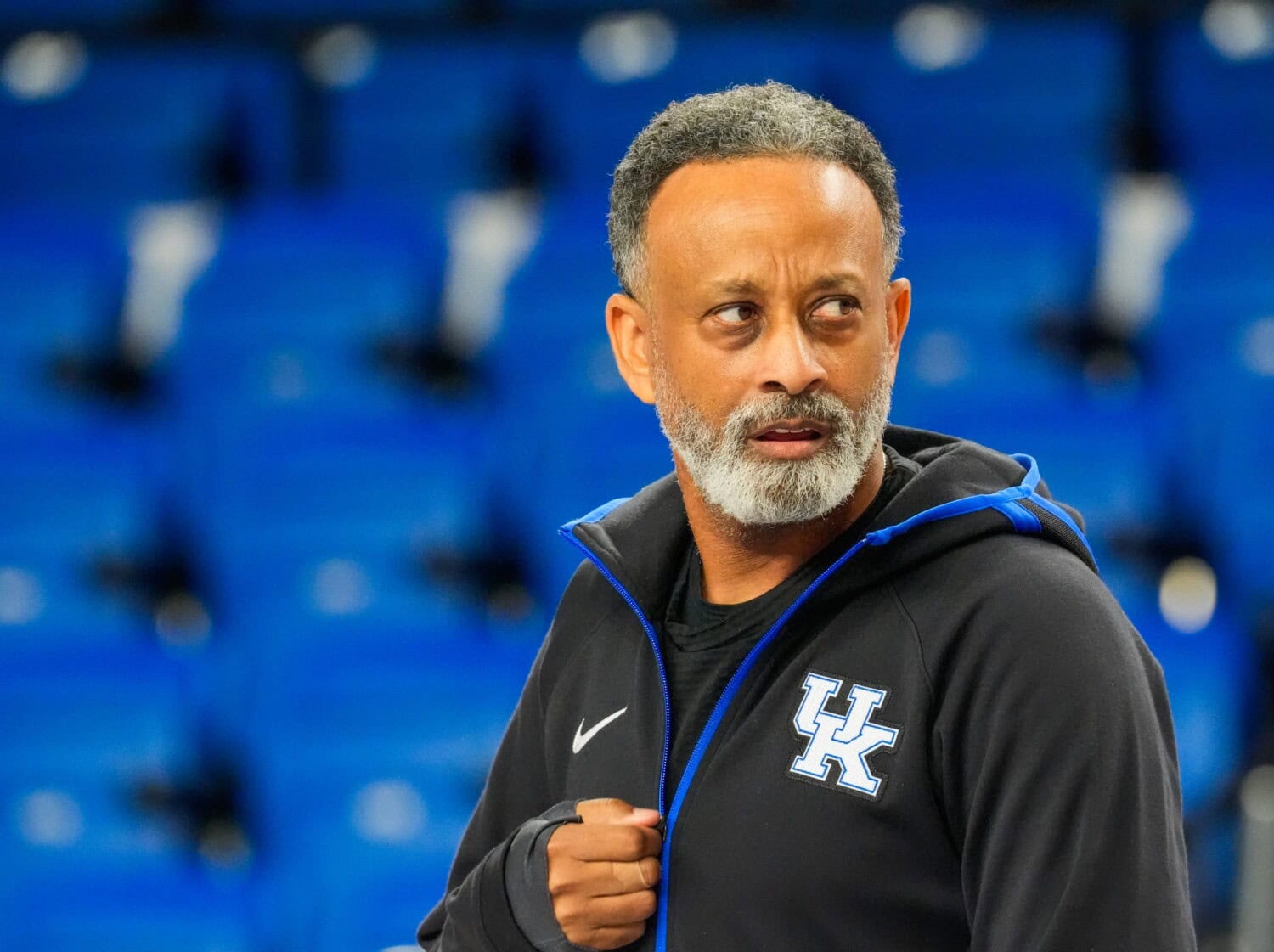Kentucky’s decision to operate its athletic department as an LLC could provide a model that other schools use in this new college sports era.
For the entirety of college sports’ existence in the U.S., athletic departments have operated as nonprofit organizations geared toward getting the most out of their amateur student-athletes. Over the last four years, the advent of NIL, the transfer portal, and an upcoming House settlement that will require schools to share up to $20.5 million per year directly to the players has required these colleges’ athletic departments to become more revenue-driven, money-making entities than they already were.
With player pay rules projected to go into effect in July, the University of Kentucky’s athletic department recently made a move that could change the way college sports operate. Kentucky announced plans to house its athletic department under an LLC or holding company called Champions Blue, creating a governance board of UK officials and outside industry experts that will allow the school to increase its funds in new and unique ways to help it navigate this new era in college athletics.
“We have to find new ways to generate revenue, manage expenses, and think about opportunities to grow,” UK Athletic Director Mitch Barnhart said in a statement.
This new and innovative LLC strategy, UK said, will provide the department with the flexibility to unlock new revenue streams through public-private partnerships and potentially other transactions that it previously wouldn’t have had access to.
“This is the first major shift toward a sustainable model in the post-House era,” Blake Lawrence, the co-founder and president of collegiate operations at Opendorse, one of the leading NIL marketplaces for athletes, schools, and brands, told Boardroom. “More schools will follow.”
Kentucky reportedly generated $202 million in revenue on $197 million in expenses during the 2023-24 academic year. And since public athletic departments are required to break even, Lawrence pointed out, it ended with only a $50,000 surplus. Revenue sharing and direct athlete payments will significantly increase schools’ expenses, making ESPN‘s recent offer to add $50-80 million per year to the current SEC football media rights deal if it adds a ninth annual conference game all the more appealing.
As an LLC, it will be easier for the athletic department to make use of various loans and lines of credit as well as directly raise funds instead of having to utilize a third-party group like an NIL collective. With these loan and credit tools now at its disposal, Champions Blue will explore real estate opportunities, citing two hospitals the school recently bought within similar holding companies that report to Kentucky’s board of trustees. With the Wildcats serving as the bedrock of the community in Lexington, the state’s second-most populous city behind Louisville, buying and developing real estate around basketball’s Rupp Arena and football’s Kroger Field seems like an easy and logical way to generate additional revenue.

Lawrence also called Champions Blue a game-changer for NIL, since Kentucky can now keep more of their donations and media payouts through fundraising, which can be utilized for the anticipated increase in athlete compensation.
“Starting in July, athletic departments need real cash flow to fund NIL and [revenue] share,” Lawrence said. “Structuring as an LLC provides flexibility.”
That flexibility could increasingly lead to public-private partnerships that could further pave the way for the entry of private equity into college sports, a topic I covered at length for Boardroom back in January. The matter appears to remain inevitable and complicated.
“The most significant financial impact of the LLC format and why schools will primarily utilize it is the ability to take external investment to fund a rapidly shifting athletic landscape,” Jesse Silvertown, the principal at The Ledge Company, a New York-based forensic advisory firm that works across private equity, sports, consumer, and higher education, told Boardroom.
Like our panelists from earlier this year, Silvertown isn’t sure of the role private equity will take in athletic departments when no school has taken the leap yet to fully partner with a PE fund. He also cited Section 117 of Congress’s Higher Education Act of 1965 as another source of uncertainty for schools. This provision requires all foreign gifts and contracts for domestic public and private schools of at least $250,000 to be reported, which could potentially complicate arrangements schools make without outside funds. However, schools are likely working diligently to find workarounds if it means gaining any kind of athletic department advantage.

And like ESPN’s Jay Bilas told me in January, Silvertown had concerns about disagreements between schools and investors on certain sports or programs that may not make money, but athletic departments may still want to keep them, or other similar clashes pitting a traditional academic institution against a company naturally optimized and geared toward maximum efficiency.
As schools need to generate more revenue to directly pay athletes while still at least breaking even to continue to sustain their non-revenue teams, Kentucky’s LLC model could prove to be the road map they take.
In the press release, UK President Eli Capilouto hailed this new approach as “a new structure and governance model that thoughtfully contemplates how we strengthen athletics, protect and promote the university, and open up new opportunities for growth.”
If successful, don’t be surprised if Champions Blue produces a series of Kentucky copycats in the not-too-distant future.